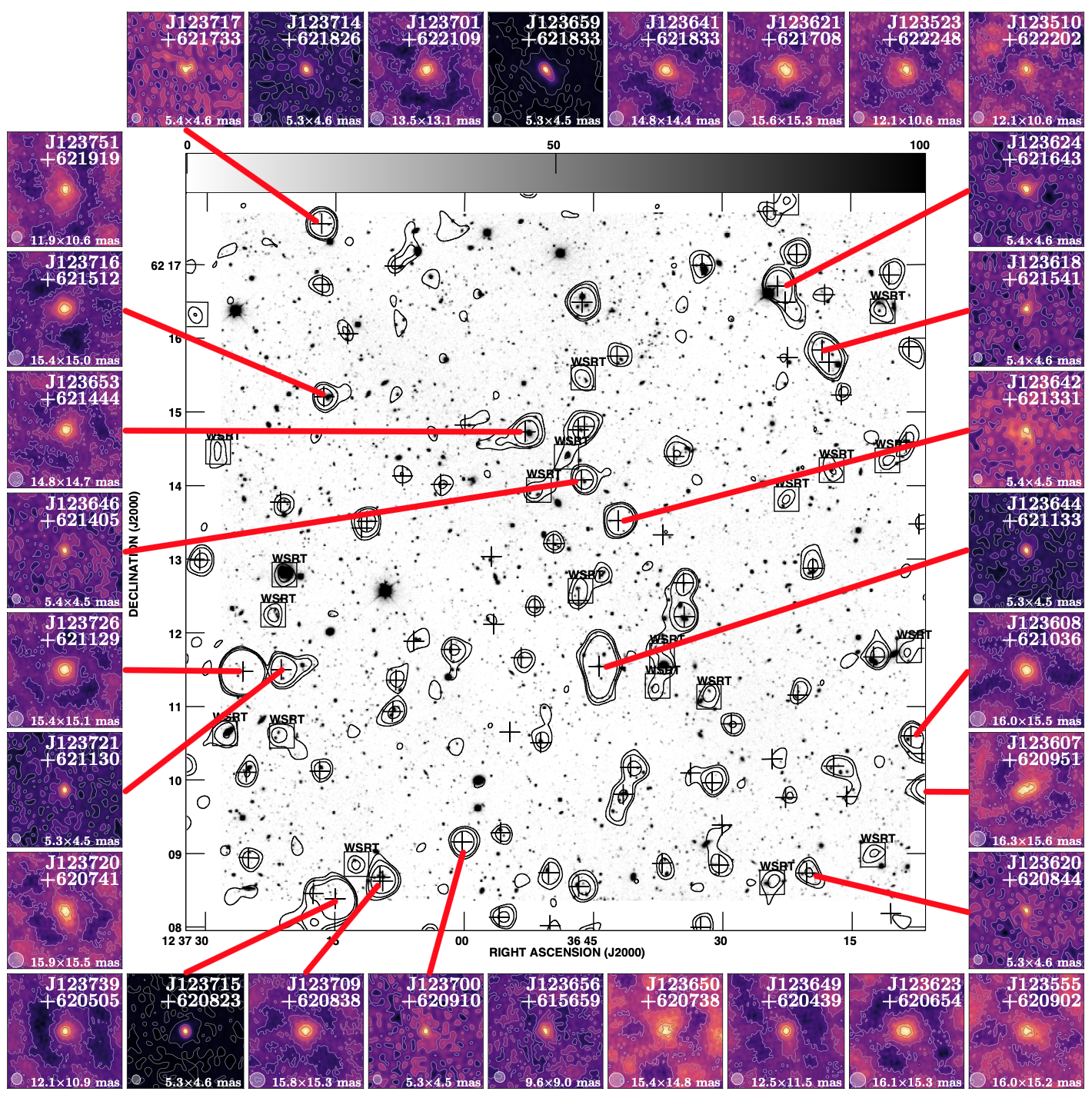Daily Image
16-01-2020Colloquium - Identifying AGN in the faint radio sky
| Submitter: | Jack Radcliffe |
| Description: | It is now widely accepted that the evolution of galaxies and the growth of the central supermassive black hole (SMBH) are intimately connected. Those SMBH which are active (hence Active Galactic Nuclei/AGN) have been shown to influence the host galaxy and such feedback mechanisms are also required by simulations. This makes understanding the abundances and influence of AGN in distant galaxies one of the hottest research topics around. While other multi-wavelength studies are invariantly affected by dust; radio, fuelled by the burgeoning capabilities of modern arrays, can provide a dust-free window into star-formation and AGN activity. However, many radio surveys are often have resolutions in excess of arcsecond which are insufficient to separate AGN and star-formation activity. To infer the existence of an AGN relies multi-wavelength diagnostics (e.g. X-rays, infra-red, radio-excess) which are often unreliable and incomplete. There is one key weapon missing from the AGN identification arsenal namely high resolution radio observations. Here, we can isolate high brightness temperature objects (>1E5 K) which can only be attributed to AGN in distant galaxies. In this talk, I will dispel the myth that high resolution radio surveys are constrained to small fields of view, and I'll outline the developments that have made surveying degrees of the sky at milliarcsecond resolutions easy and routine (VLBI astronomers are not the black-belt radio astronomers anymore!). Using the GOODS-N field as an example, I will briefly outline the pros and cons of AGN selection via high resolution radio observations followed by some initial results from the upcoming first data release from the e-MERLIN Galaxy Evolution (e-MERGE) survey, and will conclude with future plans including MeerKAT-VLBI. This is a composite image with the 1.4 GHz WSRT radio-KPNO optical overlay of the GOODS-N field surrounded by the 31 VLBI-detected sources from Radcliffe+18 |
| Copyright: | Public |
| Tweet |  |
